The Fourth of July. It has a certain ring to it, doesn't it? I always remember the father of a friend of mine saying that we should always refer to it as Independence Day because every country has a July 4, but the phrase "Fourth of July" has long been part of our lexicon.
But it could've been different. Initially, our Independence Day was going to be the Second of July.
"There’s no doubt the Founding Fathers signed the Declaration of Independence in July 1776," writes Scott Bomboy of the National Constitution Center. "But which date has the legitimate claim on Independence Day: July 2 or July 4?"
Bomboy continues:
Officially, the Continental Congress declared its freedom from Great Britain on July 2, 1776, when it voted to approve a resolution submitted by delegate Richard Henry Lee of Virginia, declaring “That these United Colonies are, and of right ought to be, free and independent States, that they are absolved from all allegiance to the British Crown, and that all political connection between them and the State of Great Britain is, and ought to be, totally dissolved.”
John Adams was convinced that July 2 would be the day we would all remember. He wrote to his wife, Abigail:
The Second Day of July 1776, will be the most memorable Epocha, in the History of America.—I am apt to believe that it will be celebrated, by succeeding Generations, as the great anniversary Festival. It ought to be commemorated, as the Day of Deliverance by Solemn Acts of Devotion to God Almighty. It ought to be Solemnized with Pomp and Parade with Shrews, Games, Sports, Guns, Bells, Bonfires, and Illuminations from one End of this Continent to the other from this Time forward forever more.
The Continental Congress decided that what the newly independent colonies needed was a document explaining what declaring independence meant and entailed. Thomas Jefferson had a draft document in the works, and it took two days to write, polish, and properly edit it. (As an editor, it warms my heart that the founders made sure that the Declaration of Independence had all the right edits.) The Continental Congress approved what we know as the Declaration of Independence on July 4, 1776.
Bomboy writes:
Once the Congress approved the actual Declaration of Independence document on July 4, it ordered that it be sent to a printer named John Dunlap. About 200 copies of the “Dunlap Broadside” version of the document were printed, with John Hancock’s name printed at the bottom. Today, 26 copies remain.
That is why the Declaration has the words, “IN CONGRESS, July 4, 1776,” at its top, because that is the day the approved version was signed in Philadelphia.
On July 8, 1776, Colonel John Nixon of Philadelphia read a printed Declaration of Independence to the public for the first time on what is now called Independence Square.
Many of the founding fathers didn't sign the Declaration until Aug. 2, 1776. But what's most fascinating is that the Continental Congress signed it and went on about their business. According to historian Pauline Maier, by July 1777, it hadn't occurred to members of Congress that the anniversary was coming up until somebody realized on July 3, 1777, that it had been almost a year.
In 1778, George Washington marked the day by giving his soldiers a double ration of rum, and the town of Salem, N.C., claimed the first program celebrating Independence Day in 1783. In 1870, Congress declared Independence Day an unpaid holiday for federal employees, and in 1938, Congress made it a paid federal holiday for all.
It's fitting that July 4 wound up becoming Independence Day since both Adams and Jefferson died on the 50th anniversary of the day the U.S. declared its independence. In what would become Jefferson's last letter, he wrote, “For ourselves, let the annual return of this day forever refresh our recollections of these rights, and an undiminished devotion to them." Amen.


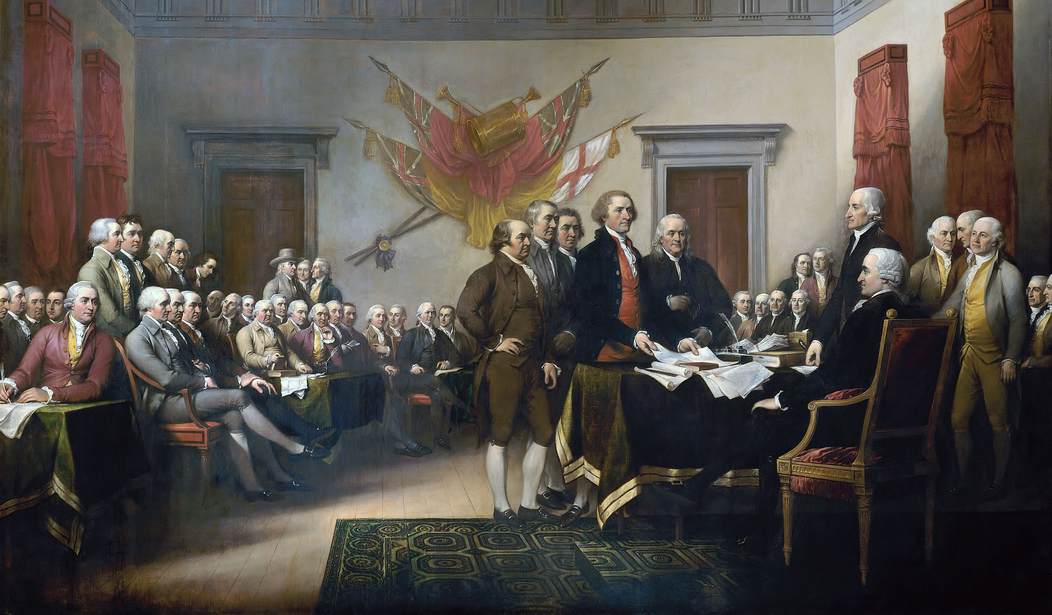
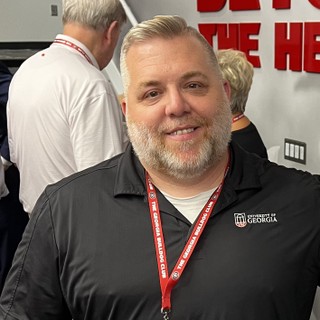
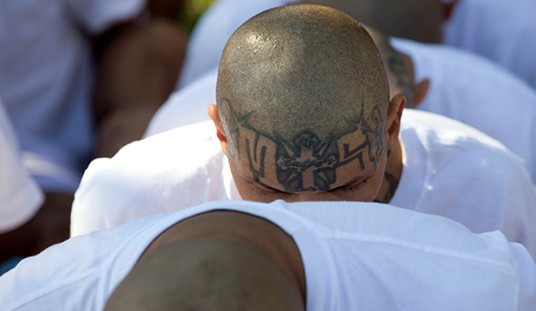

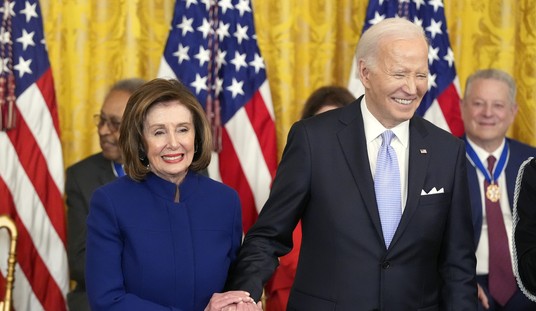
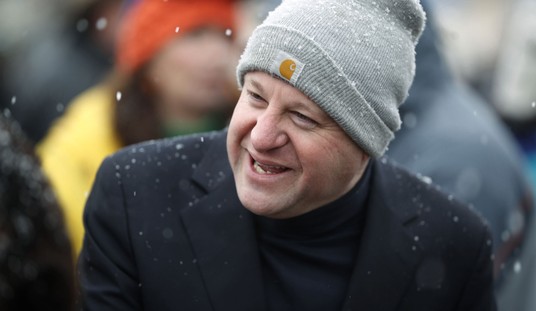

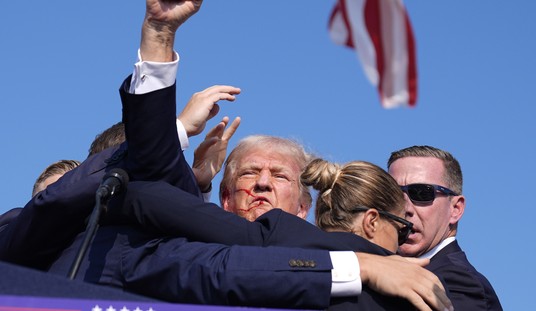
Join the conversation as a VIP Member